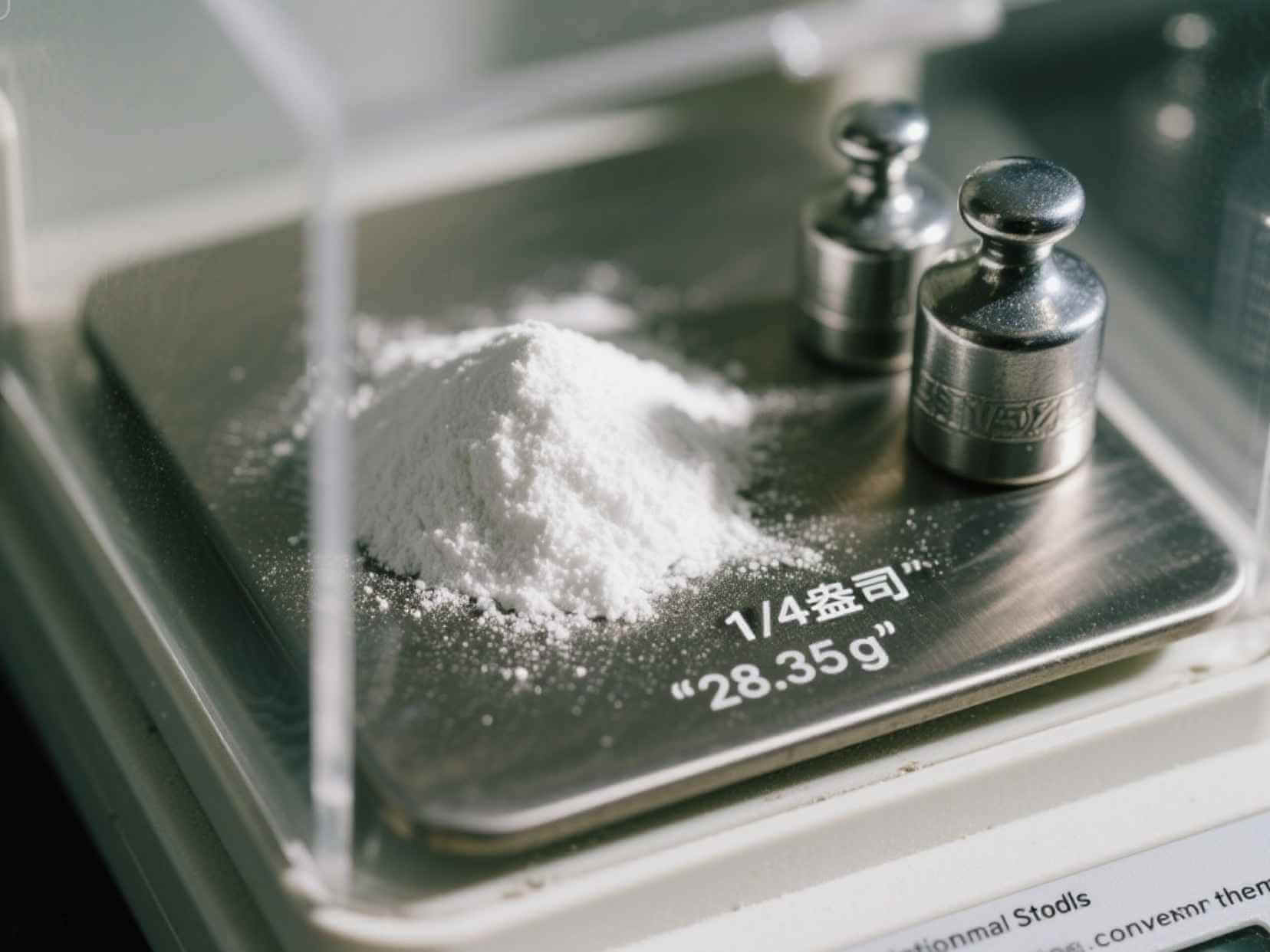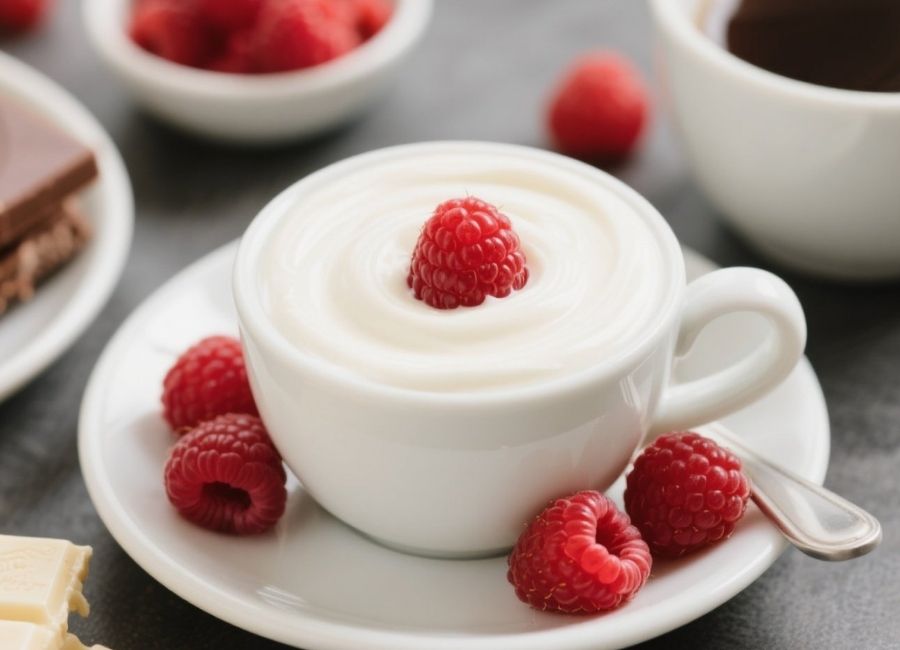Ribs are one of those mouthwatering delicacies that you just can’t get enough of. Whether they’re smoked, grilled, or baked, there’s nothing quite like biting into tender, flavorful ribs. But what happens when you’ve got leftovers? The key to enjoying that same great flavor and tenderness lies in reheating them the right way.
This blog will guide you through the best methods to reheat ribs without sacrificing their juicy texture or smoky flavor. Whether you’ve got a full rack of ribs from last night’s BBQ or vacuum-sealed ribs tucked away in your freezer, these tips will ensure your leftovers taste just as delicious as the day they were cooked.
Why Properly Reheating Ribs Matters

Ribs are all about balance. A poorly reheated rib can end up dry, tough, or lacking flavor, ruining all the effort that went into preparing them. Proper reheating preserves the moisture, retains the flavors, and brings those ribs back to life without overcooking.
Here’s what you’ll learn in this guide:
- The best ways to warm up ribs depending on what tools you have available
- Step-by-step instructions for reheating using different methods
- Insider tips for keeping ribs moist and flavorful
Choosing the Best Reheating Method
Not all reheating methods are created equal. The ideal method depends on the amount of time you have, the equipment at your disposal, and whether your ribs are fresh or frozen. Here are five tried-and-true ways to reheat ribs:
1. Reheating Ribs in the Oven
The oven is often the easiest and most reliable way to reheat ribs. It provides even heat that warms the meat without drying it out. Here’s how to do it:
Step-by-Step Instructions:
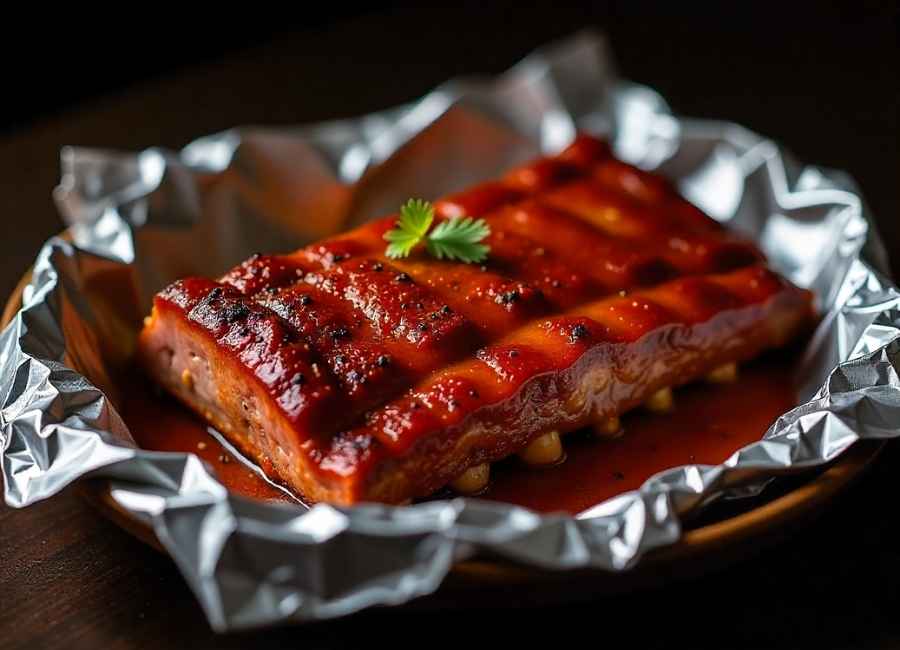
- Preheat your oven to 250°F (120°C). Low and slow is the goal here to prevent the meat from overcooking.
- Prepare the ribs by wrapping them in foil. If possible, add a splash of liquid in the foil packet to keep the ribs moist. Water, apple juice, or BBQ sauce work perfectly.
- Place the foil-wrapped ribs on a baking sheet and put them in the oven.
- Heat the ribs for 20 to 30 minutes, depending on their size. Use a meat thermometer to ensure they’ve reached an internal temperature of 145°F (63°C).
- Unwrap and finish with a broil (optional). For a little extra caramelization, remove the foil and broil the ribs for 2–3 minutes before serving.
Why It Works:
The oven ensures even heating across the ribs and keeps them tender. The foil traps moisture, preventing the rack from drying out while it warms up.
2. Reheating Ribs on the Grill
If you want to retain that iconic smoky flavor, reheating ribs on the grill is your go-to method. This works best for ribs that were originally grilled or smoked.
Step-by-Step Instructions:
- Preheat the grill to medium heat (around 250–300°F).
- Brush the ribs with some BBQ sauce or an oil-based marinade to restore moisture and add flavor.
- Place the ribs on the grill, away from direct flames, and close the lid.
- Heat the ribs for 10–15 minutes, flipping occasionally to ensure even warming. Again, aim for an internal temperature of 145°F.
- Finish over direct heat for 1–2 minutes per side to restore a slight char.
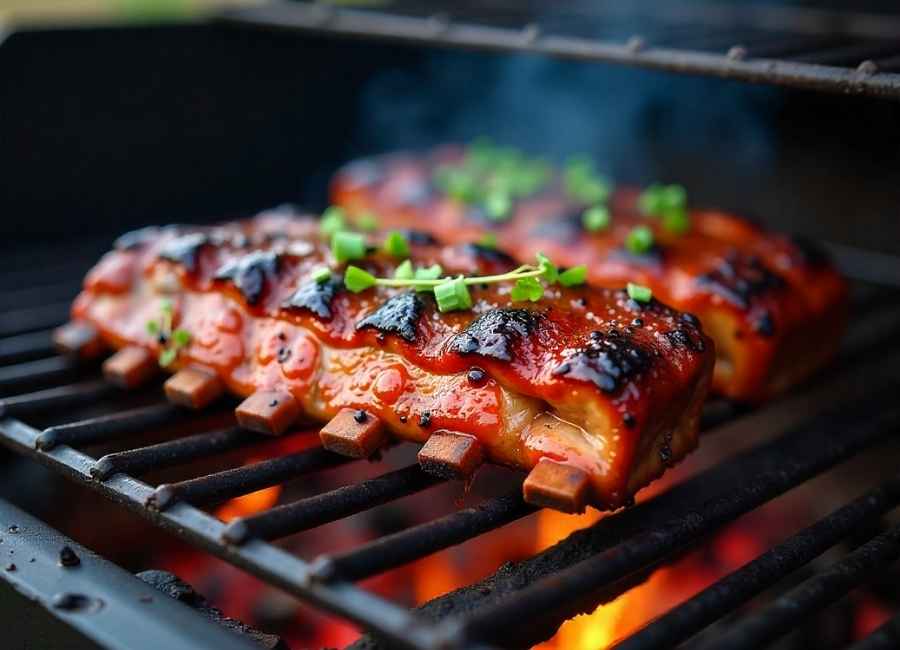
Why It Works:
Reheating on the grill gives the ribs that smoky, charred finish without compromising their tenderness. Plus, a bit of added sauce enhances the flavor.
3. Reheating Ribs in a Sous Vide
If you want the ultimate foolproof method, sous vide is your best bet. Its precise temperature control ensures your ribs come out tender, juicy, and perfectly reheated.
Step-by-Step Instructions:
- Set up your sous vide immersion circulator to 165°F.
- Place the ribs in a vacuum-sealed bag. If they weren’t vacuum-sealed originally, use a resealable freezer bag and remove as much air as possible.
- Submerge the ribs in the bath and heat for 45 minutes to 1 hour.
- Remove the ribs from the bag, pat them dry, and optionally finish them on the grill or under a broiler.
Why It Works:
Sous vide maintains the original texture and juiciness by reheating ribs evenly and without the risk of overcooking.
4. Reheating Ribs in a Microwave (When You’re in a Hurry)
While not ideal, the microwave is the fastest option if you’re short on time.
Step-by-Step Instructions:
- Place the ribs on a microwave-safe plate.
- Cover the ribs with a damp paper towel or plastic wrap to trap moisture.
- Use medium power (50%) and heat in 1-minute increments, flipping the ribs between cycles.
- Check for an internal temperature of 145°F before serving.
Why It Works:
Though not the best in terms of texture, this method works when speed is a priority. Just be sure to add moisture to avoid drying out the meat.
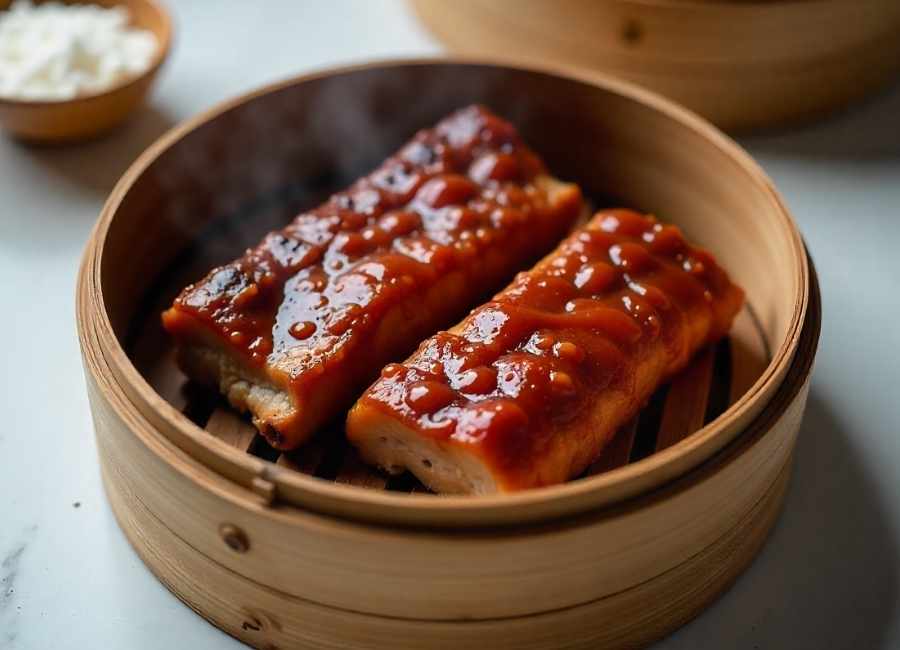
5. Reheating Ribs Using a Steamer
A steamer is excellent for adding moisture back into dried-out ribs.
Step-by-Step Instructions:
- Fill a steamer pot with water and bring it to a simmer.
- Place the ribs in the steaming basket, ensuring they don’t touch the water.
- Cover the pot and steam the ribs for 20–30 minutes.
- Finish by brushing with BBQ sauce and broiling or grilling briefly for a crusty texture.
Why It Works:
Steam gently reheats ribs while locking in moisture, making this an ideal method for ribs that feel a bit dry.
Tips to Maintain Moisture and Flavor
- Add Liquid during reheating. Whether it’s a splash of water, broth, or BBQ sauce, adding liquid prevents your ribs from drying out.
- Keep It Low and Slow to give the ribs time to reabsorb warmth evenly without overcooking.
- Use a Thermometer to ensure your ribs are reheated to food-safe temperatures without overheating.
- Don’t Skip the Sauce. A fresh coating of BBQ sauce will amplify the flavor and moisture.
Key Takeaways for Heating Leftover Ribs
Reheating ribs doesn’t have to mean sacrificing tenderness or flavor. With the right method and a little extra care, your leftovers can taste just as good as they did when first cooked. Whether you heat them in the oven, on the grill, or even sous vide, the result should be finger-licking-good ribs that hit the spot every time.
Try It Yourself
The next time you’re faced with leftover ribs, put these methods to the test. And don’t forget to save these tips for your next BBQ adventure! If you want to take your ribs to the next level from cooking to reheating, consider experimenting with sauces, rubs, and marinades that complement their flavor.











